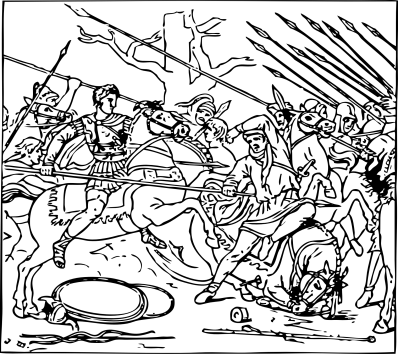Lectori salutem.

Science-fiction, like any drama with existential implications, is better read from the safety of a couch than ‘lived’. This is felt all the more keenly by some on the editorial team and SPJ crew who once again experienced the life-affirming miracle of becoming parents in the weeks leading up to the present issue going to press.
Alas, as we continue to drift through the interminable litany of Belgium’s precipitous spring days, we may grow accustomed to look at the world outside our immediate bubble, mediated through artifices like the news, connected devices and (anti-)social media, as real but distant. Something in which we no longer partake, but digest with the same receptors we use for reading fiction. Lest we become saturated with the vicarious tedium that is Terra in 2021, let us therefore cast our mental eyes, if not away from the screen or paper, at least to subjects far from present concerns.
We promise you that our first issue this year will be entirely free of pandemics and untainted by the arcane politics of former British colonies across the Atlantic[1]. We like dystopian plague tales and discussing elections as much as anyone, but in order to renovate our mental furniture dulled by yesteryear’s gloom, we have hand-picked every tale in this issue with a view to amuse, to divert, perchance to fuel daydreams (or nightmares).
Our stories and essays (and the grey zones between them) range from the sacred to the profane, in styles from the epistolary to the challenging. Like every first issue of the year, the line-up closes with a story penned by our co-editor Ádám reflecting, as usual, on some specific niche concept we rarely see addressed in submissions.
Encouraged by the positive reception of our 2020 thematic anthology issue on immortality, we are happy to announce that we’ll be publishing another one in June 2021, this time dedicated to ‘xeno-anthropology and the end(s) of the universe’. Thereafter, Sci Phi Journal will be open for submissions again in July, so if you’d like to read more from specific authors, encourage them to keep sending us their work!
Stay safe, speculatively yours,
the co-editors
[1] Absolutely no offence intended! We just really cannot bear to read yet another story riffing on the finer points of North American governance. Let’s broaden horizons! If you want fictional elections, why not set them on the Faroese Islands for a change, or in an alt-history Babylonian Republic, or on Alpha Centauri?
























































